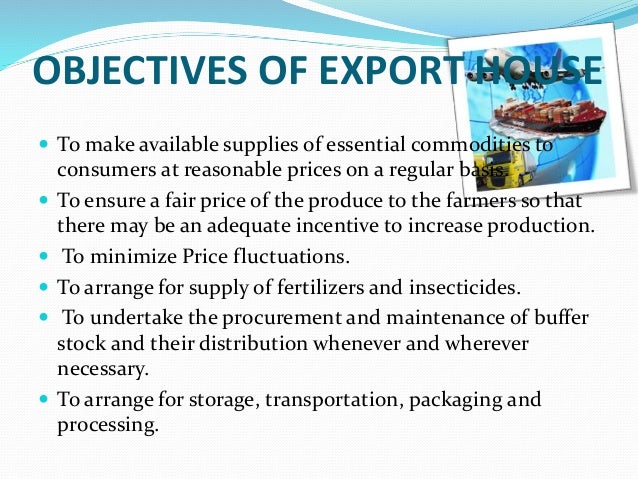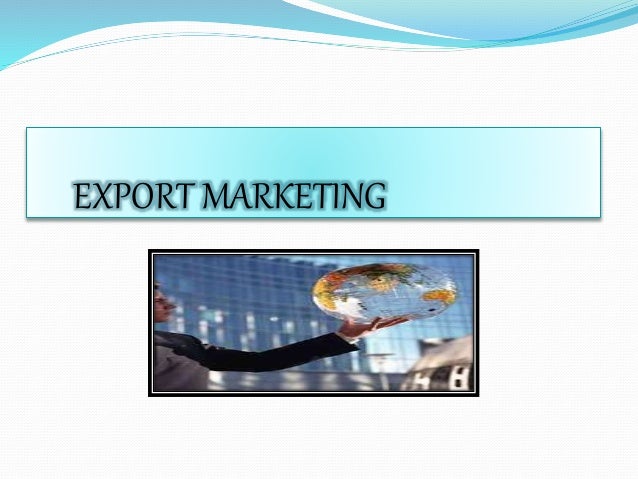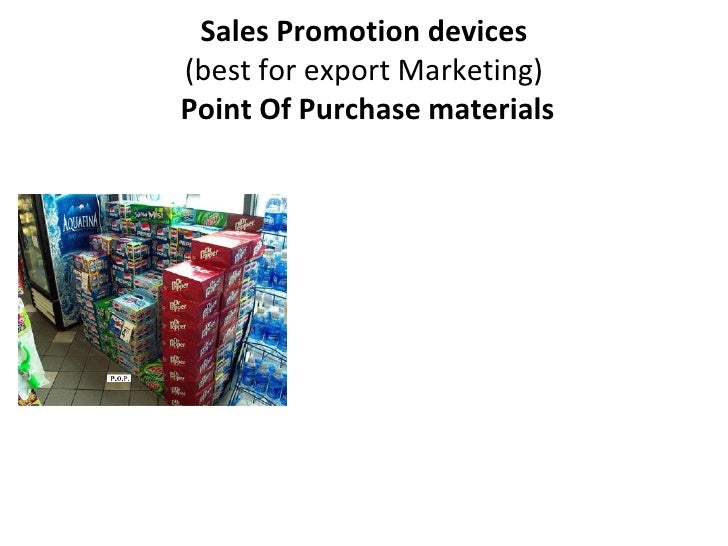

However, the effect of this pricing approach may be that the export price escalates into an uncompetitive range once exporting costs have been included.

What should your company do about product-line pricing?.Should prices differ by market segment?.What type of discount (e.g., trade, cash, quantity) and allowances (e.g., advertising, trade-offs) should your company offer its foreign customers?.Does the export price reflect your product’s quality?.What type of market positioning (i.e., customer perception) does your company want to convey from its pricing structure?.products often compete better on quality, reputation, and service than they do on price-but buyers consider the whole package.Īs you develop your export pricing strategy, these considerations will help determine the best price for your product overseas: These costs can add substantially to the final price paid by the importer, sometimes resulting in a total that is more than double the price charged in the United States. These include tariffs, customs fees, currency fluctuation, transaction costs (including shipping), and value-added taxes (VATs). There are additional costs that are typically borne by the importer.An analysis of each component from an export perspective may result in export prices that are different from domestic prices.

Each component must be compared with your company’s objective in entering the foreign market. Traditional components for determining proper pricing are costs, market demand, and competition.If the price is too low, export activities may not be sufficiently profitable or may actually create a net loss. If your company’s price is too high, the product or service will not sell.

Your firm’s market research should include an evaluation of all variables that may affect the price range for your product or service. Products for ExportĪs in the domestic market, the price at which a product or service is sold directly determines your company’s revenues.
EXPORT MARKETING MEANING DOWNLOAD


 0 kommentar(er)
0 kommentar(er)
